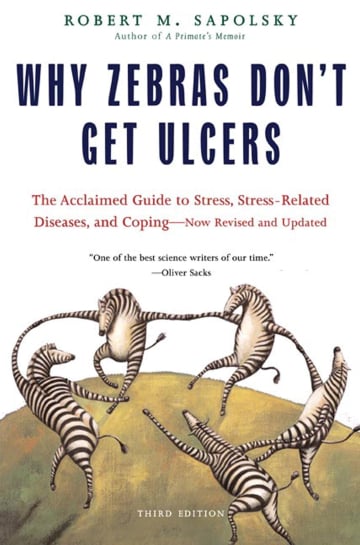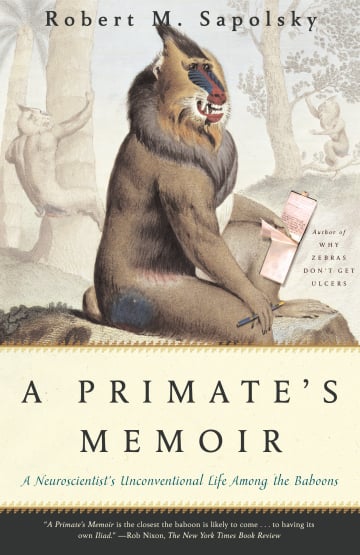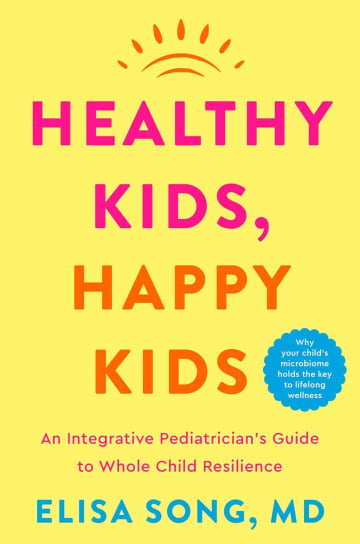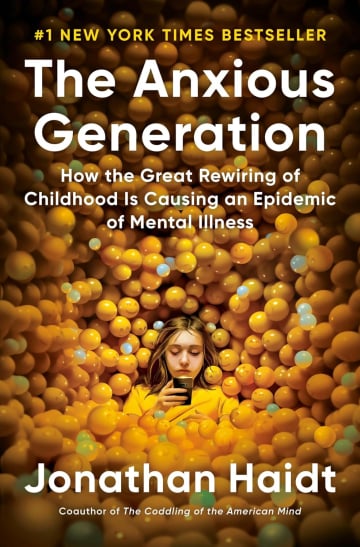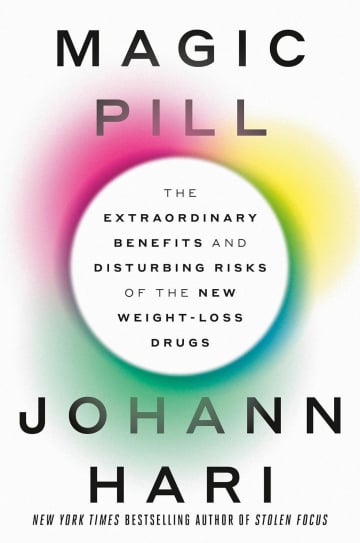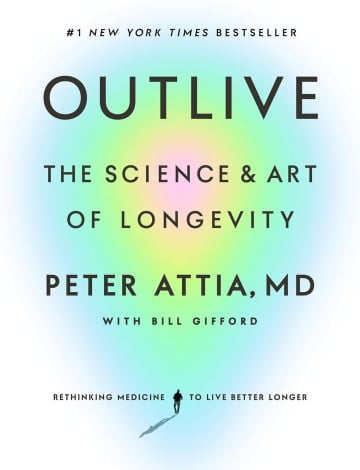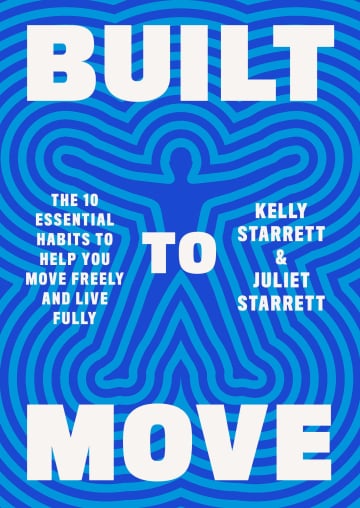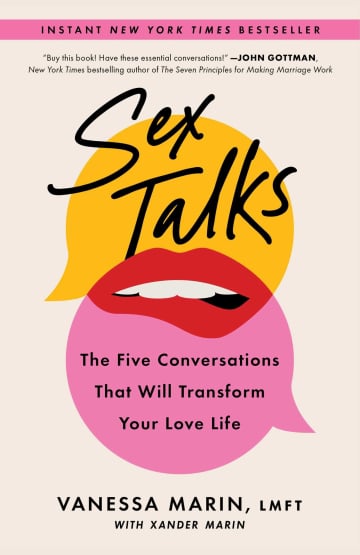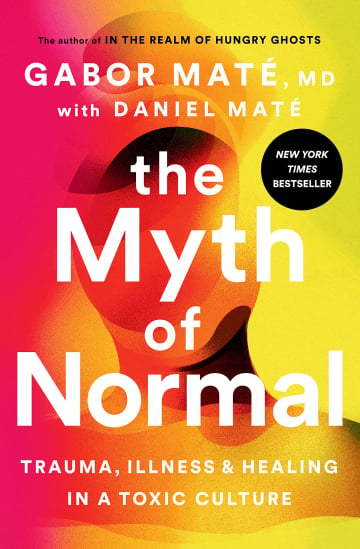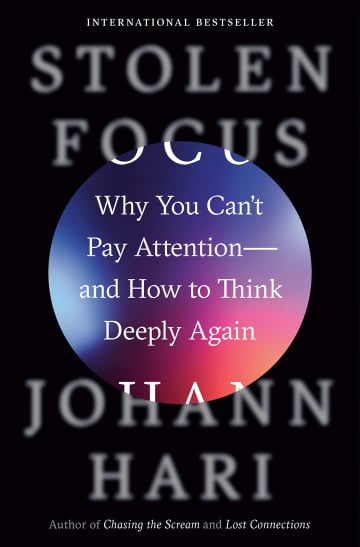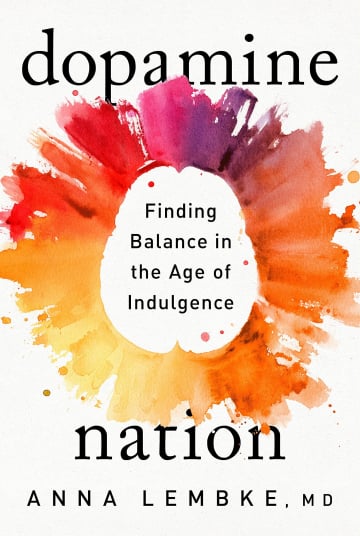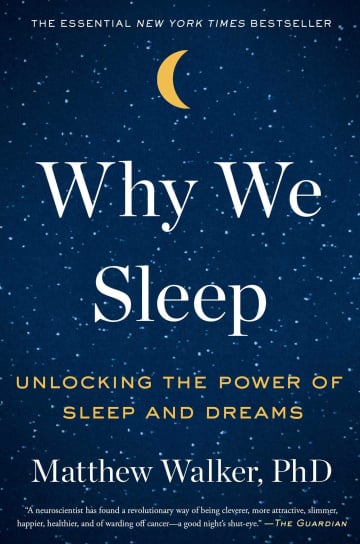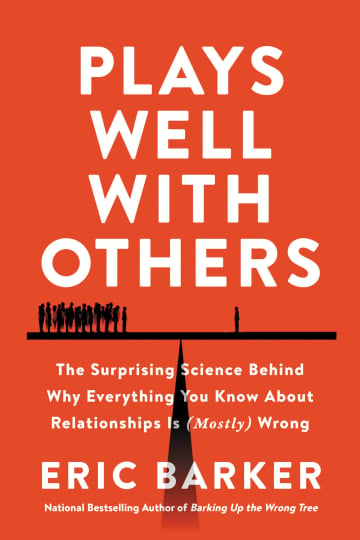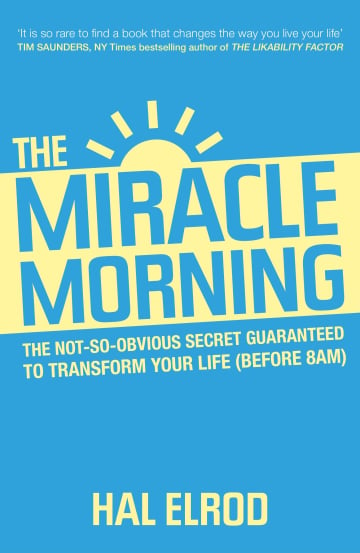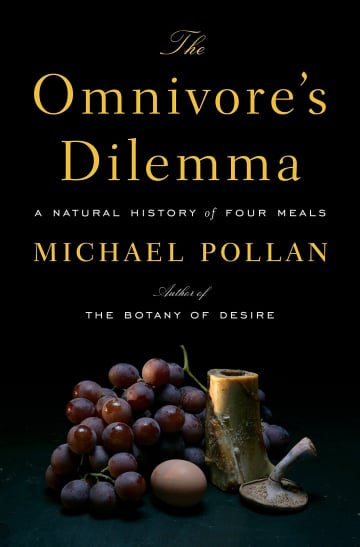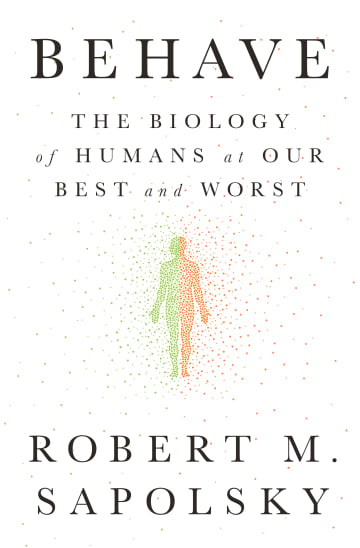
Behave: The Biology of Humans at Our Best and Worst
⚡️ 10 Quotes from the book
“Crucially, the brain region most involved in feeling afraid and anxious is most involved in generating aggression.”
“In other words, the default state is to trust, and what the amygdala does is learn vigilance and distrust.”
“What was an unexpected pleasure yesterday is what we feel entitled to today, and what won’t be enough tomorrow.”
“If you’re stressed like a normal mammal in an acute physical crisis, the stress response is lifesaving. But if instead you chronically activate the stress response for reasons of psychological stress, your health suffers.”
“The brain is heavily influenced by genes. But from birth through young adulthood, the part of the human brain that most defines us is less a product of the genes with which you started life than of what life has thrown at you.”
“In a reductionist view, understanding something complex requires breaking it down into its components; understand those parts, add them together, and you’ll understand the big picture. And in this reductionist world, to understand cells, organs, bodies, and behavior, the best constituent part to study is genes.”
“Economic capital is the collective quantity of goods, services, and financial resources. Social capital is the collective quantity of resources such as trust, reciprocity, and cooperation.”
“Going easy on ourselves also reflects a key cognitive fact: we judge ourselves by our internal motives and everyone else by their external actions.”
“Ultimately, forgiveness is usually about one thing—“This is for me, not for you.” Hatred is exhausting; forgiveness, or even just indifference, is freeing.”
“You don’t have to choose between being scientific and being compassionate.”
Related videos
Publications
The Guardian: Behave by Robert Sapolsky review – why do we do what we do?
The New York Times: Insights Into the Brain, in a Book You’ll Wish You Had in College
The Wall Street Journal: How the Brain Makes Us Do It
The Washington Post: Why an adolescent might either mug an old lady or help the needy
Ask Albert:
Rate the book
⚡️ Discover Even More Bookish Wisdom
recommends
recommends
recommends

